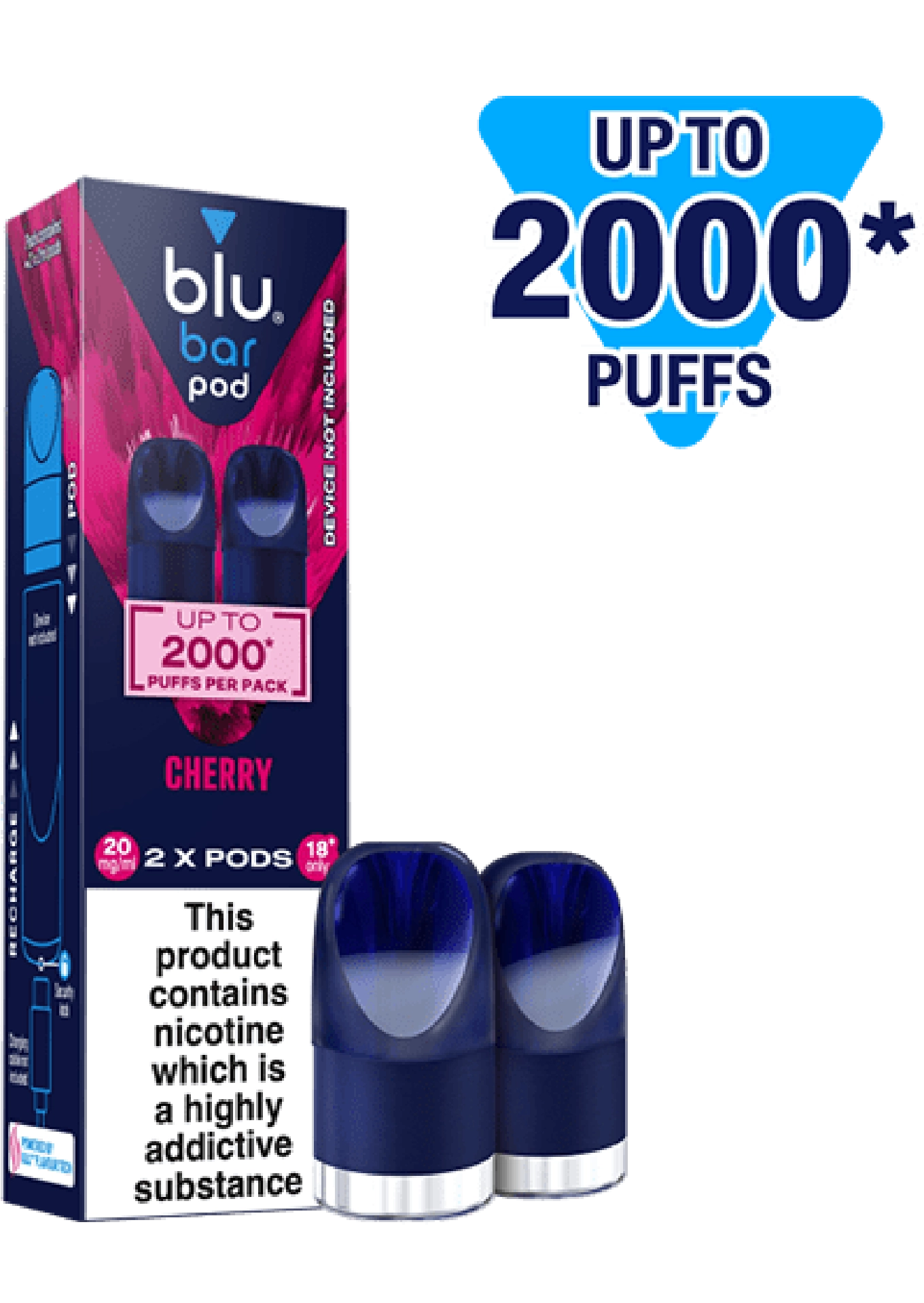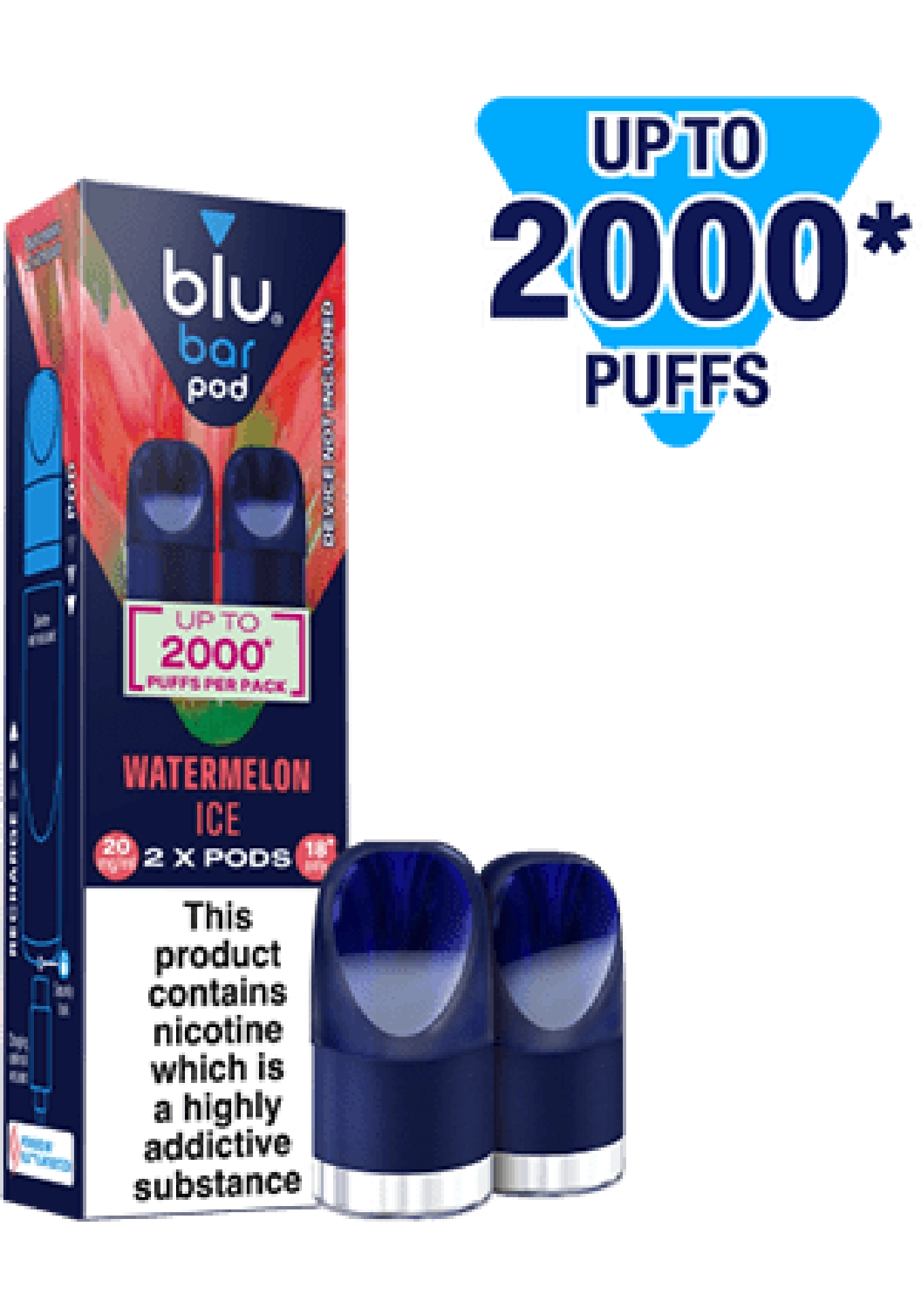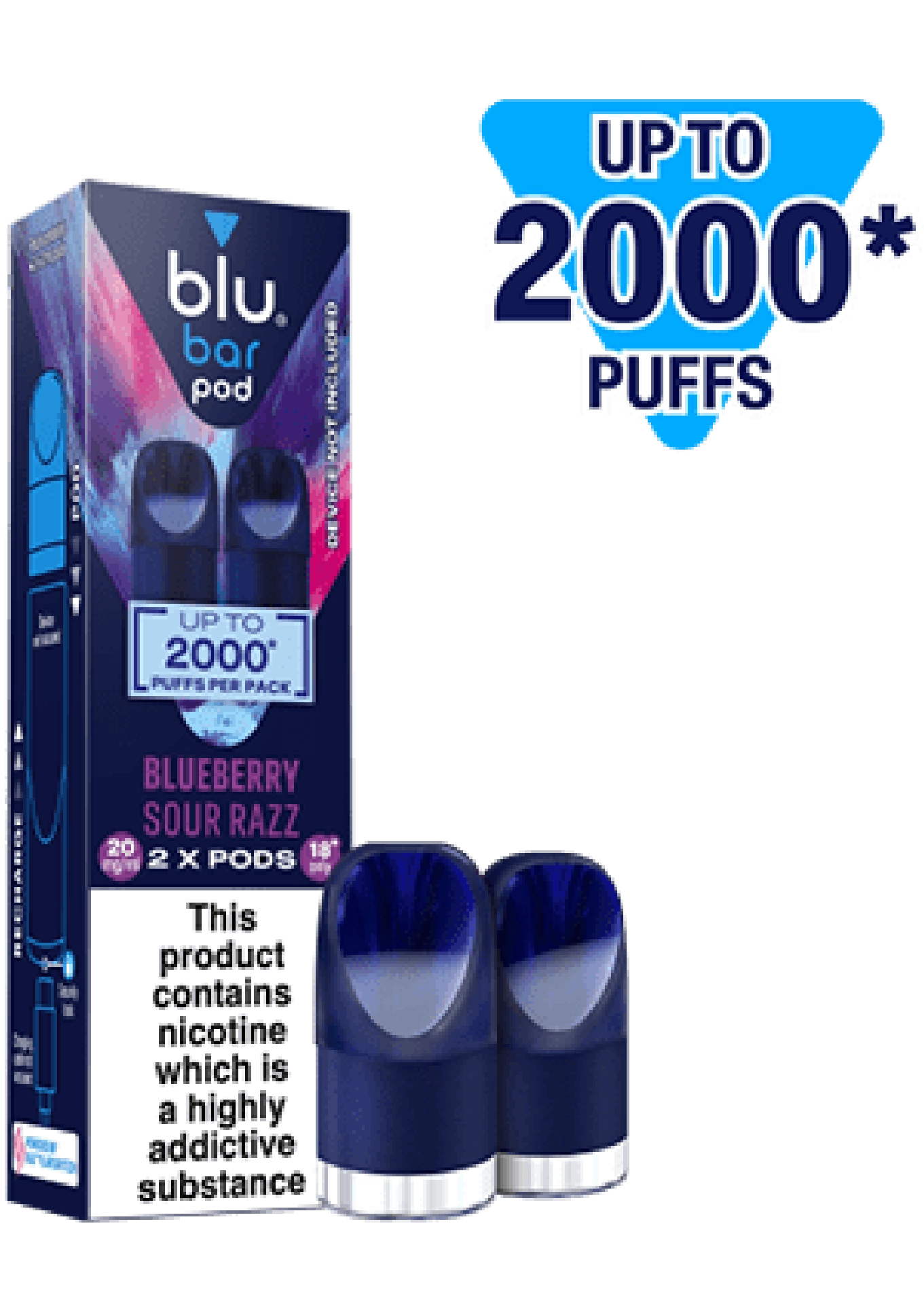John Griffiths | 01.05.2024
The meaning of PG and VG: what do they stand for?

The vaping world is full of different acronyms and terminologies. Two that come up regularly, refer to additives that are used within vape liquids to enhance their properties.
While getting stuck into the details may not feel like a worthwhile exercise, these two ingredients can alter your vaping experience wildly. So, it’s worth knowing the differences between the two, as well as what they mean.
Join us to find out exactly that, as we explain the differences between PG and VG in vaping.
WHAT IS PG AND VG?
Both PG and VG are liquid compounds that are added to e-liquid to enhance its taste and cloud production attributes.
Along with propylene glycol (PG) and vegetable glycerine (VG), e-liquid sometimes also includes nicotine, distilled water and flavouring, depending on the flavour you’re vaping.
WHAT IS PG IN VAPING?
PG stands for propylene glycol.
PG comes in a liquid form, with no colour, or smell. It absorbs excess water while maintaining moisture levels in e-liquid and providing additional flavour properties. Propylene glycol is classified as a preservative, which helps things like cosmetics, foods, and e-liquids stay fresher for longer.
Propylene glycol is more commonly used than vegetable glycerine in the production of e-liquid and has a thinner consistency. Additionally, it’s generally thought to offer a greater flavour intensity than vegetable glycerine. As it has a thinner consistency, propylene glycol will not clog your clearomiser as much as vegetable glycerine.








